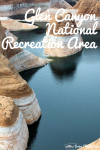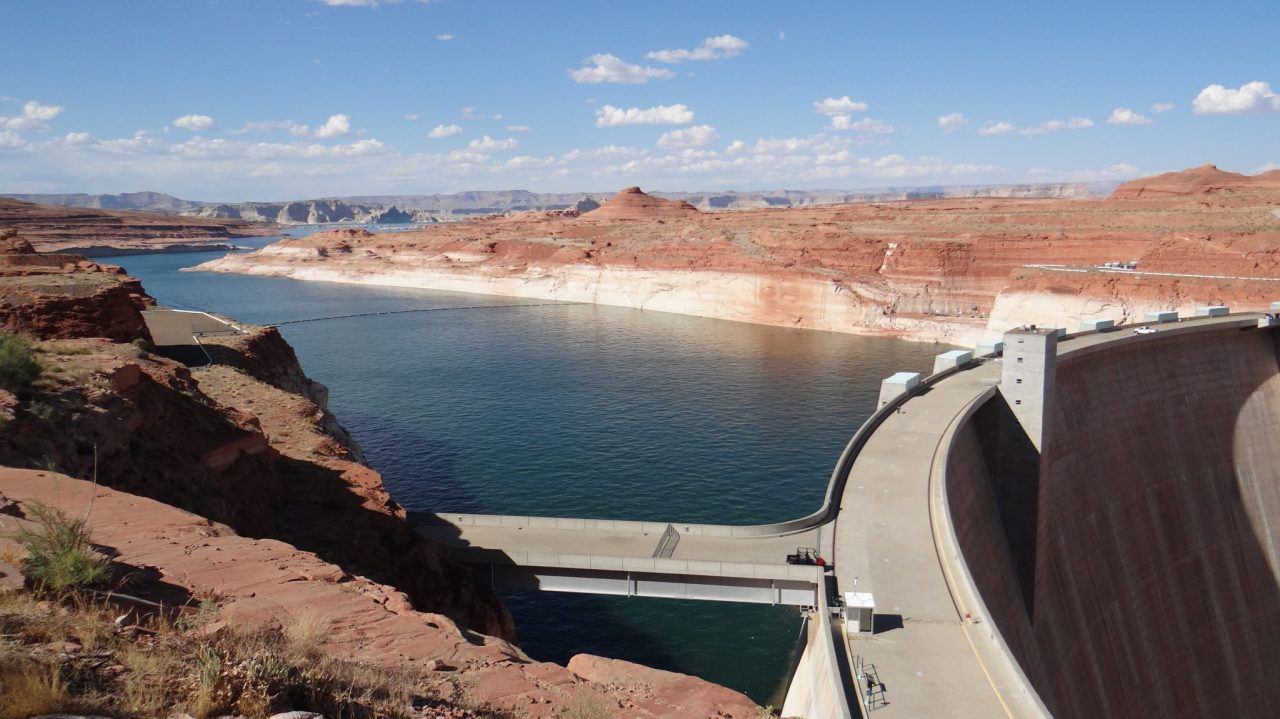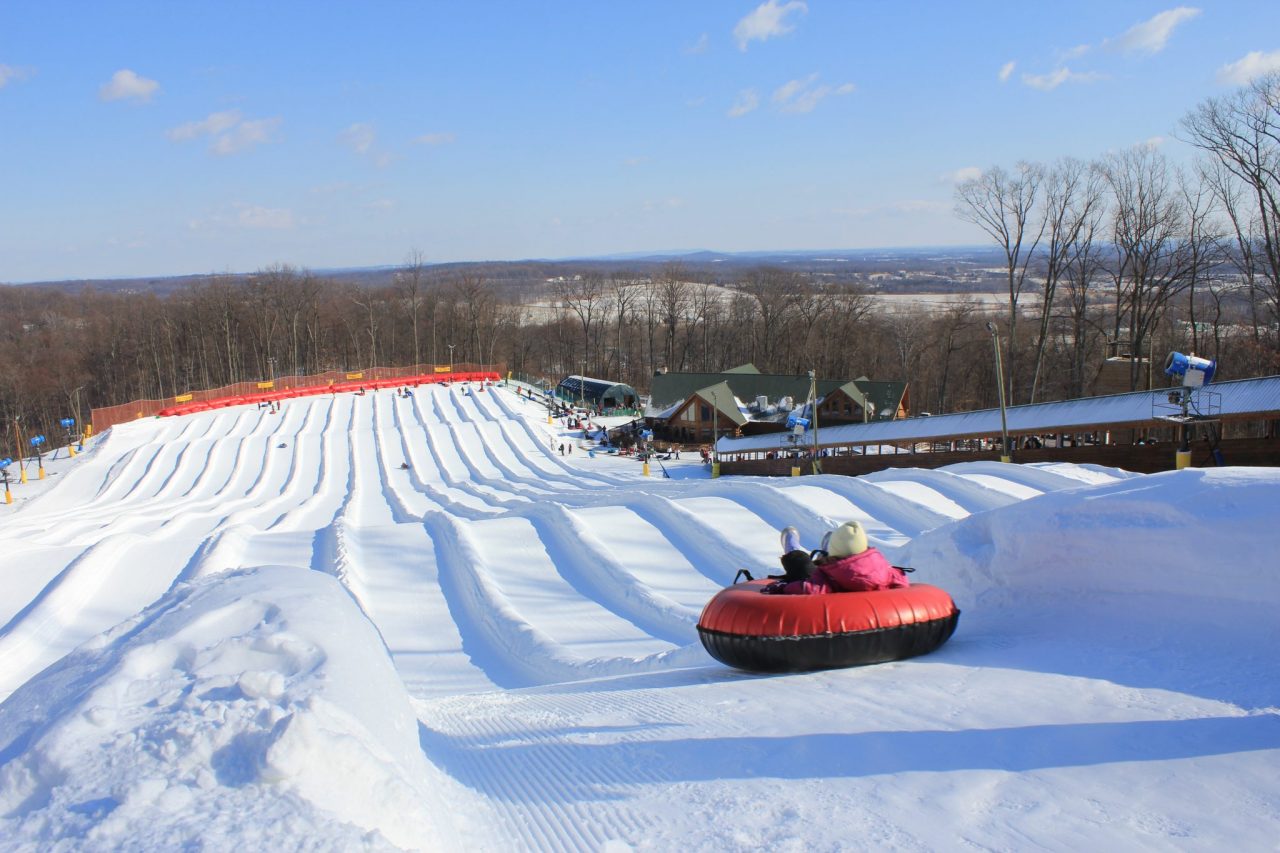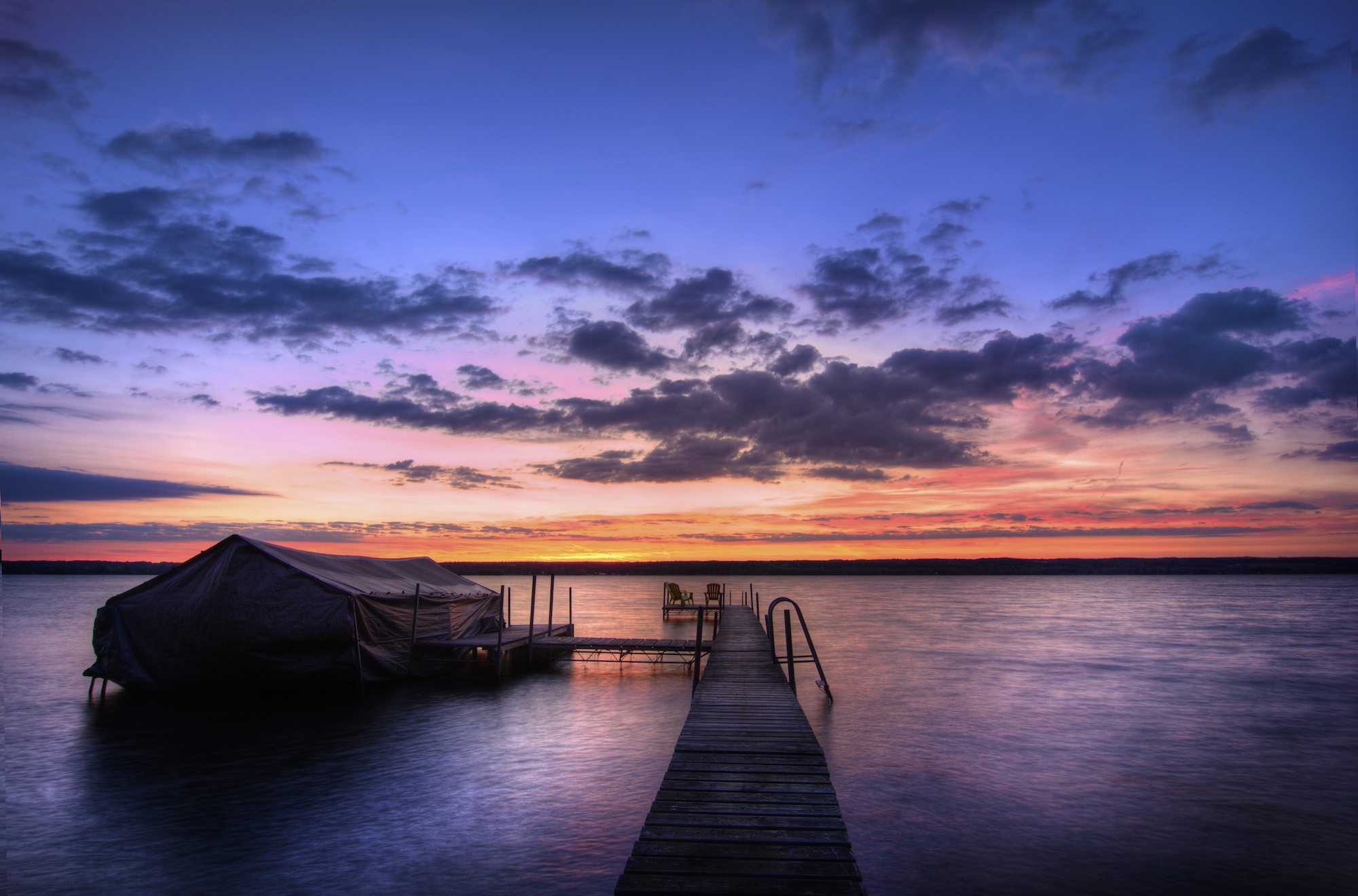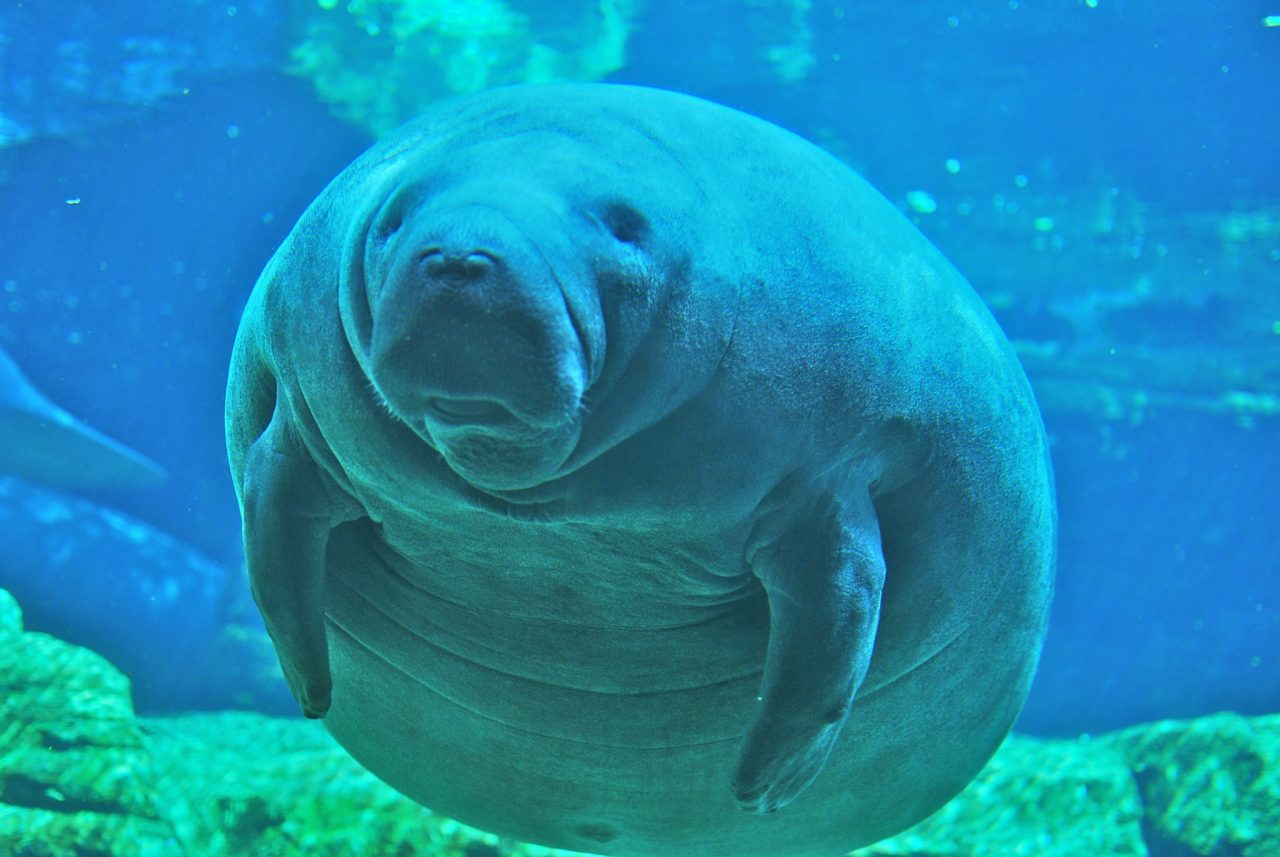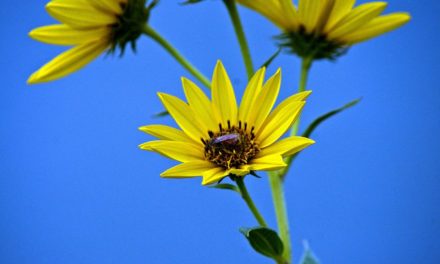As a result of the creation of the Glen Canyon Dam in 1966, the Glen Canyon National Recreation Area now preserves a wonderfully scenic 1.2-plus million acres of mostly desert landscape for your enjoyment. Lake Powell and Glen Canyon National Recreation Area are located on the border of Utah and Arizona.
Lake Powell is the second largest manmade lake in the United States. The Glen Canyon National Recreation Area includes Lake Powell and Colorado River from there, to the Grand Canyon.
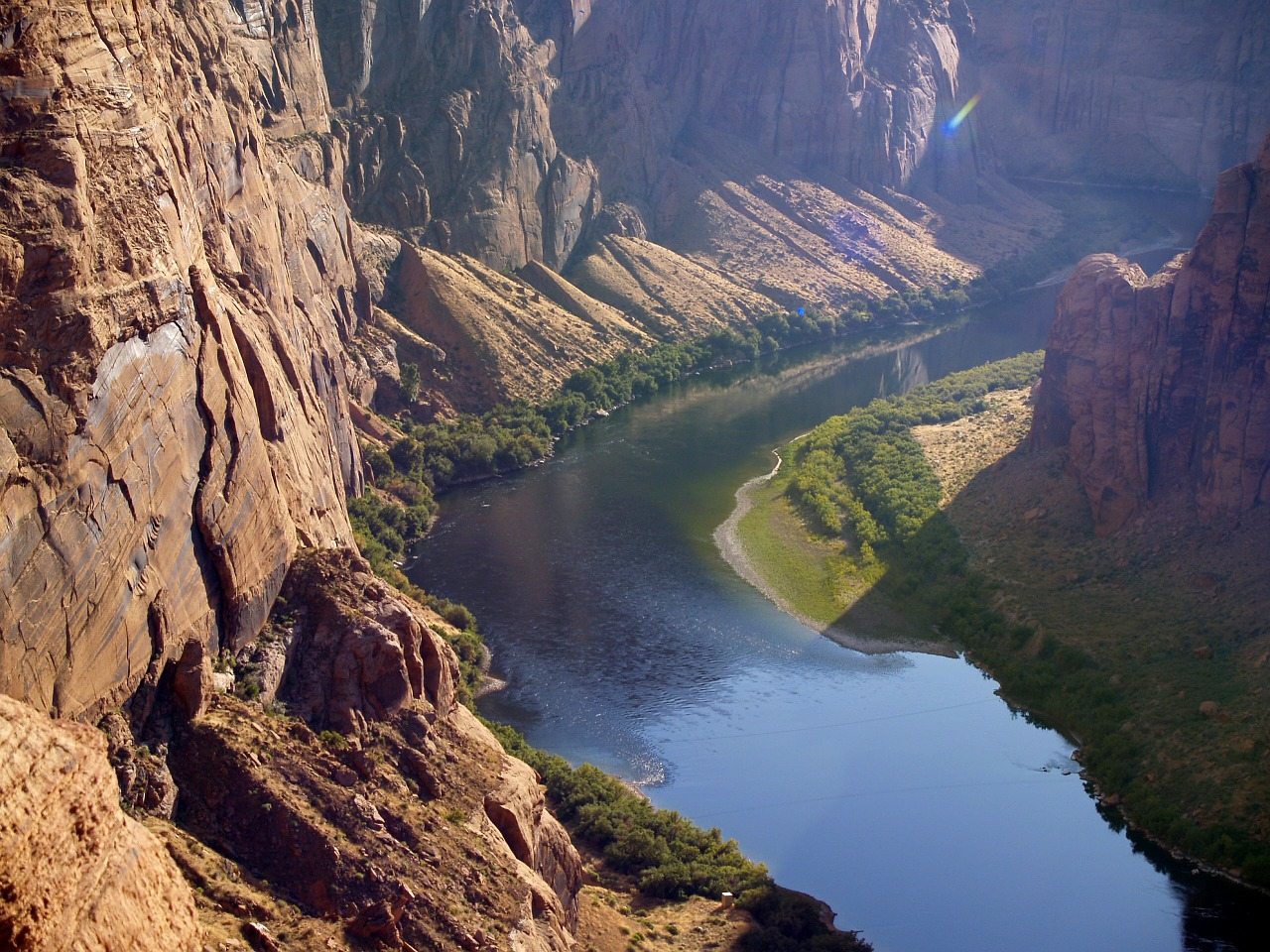 Part of the Colorado River at Glen Canyon National Recreation Area
Part of the Colorado River at Glen Canyon National Recreation Area
The superlatives are waiting for you: Rainbow Bridge is the largest natural arch in North America.
Take advantage of one or more of the excellent visitor centers in the Glen Canyon National Recreation Area. The Carl Hayden Visitor Center is considered the main visitor center for Glen Canyon National Recreation Area and the Rainbow Bridge National Monument. From here you can book tours of the dam, exhibits and interpretive films, and study a relief map to get a sense of the area. The Bullfrog Visitor Center has displays about the geology and the human and natural history of Glen Canyon, as well as ancestral Puebloan and pioneer artifacts.
Here you can experience a life-size model of a slot canyon. See the Navajo Bridge Interpretive Center before you take the self-guided walks across the historic Navajo Bridge. California Condors are sometimes seen in this area. Escalante Interagency Visitor Center is a shared center of the Glen Canyon National Recreation Area (National Park Service), Grand Staircase-Escalante National Monument (Bureau of Land Management), and the Dixie National Forest (Forest Service). Here, you can enjoy exhibits about scientific research in the Escalante region.), and get your permits for hikes into Glen Canyon wilderness are obtained here.
See It By Water
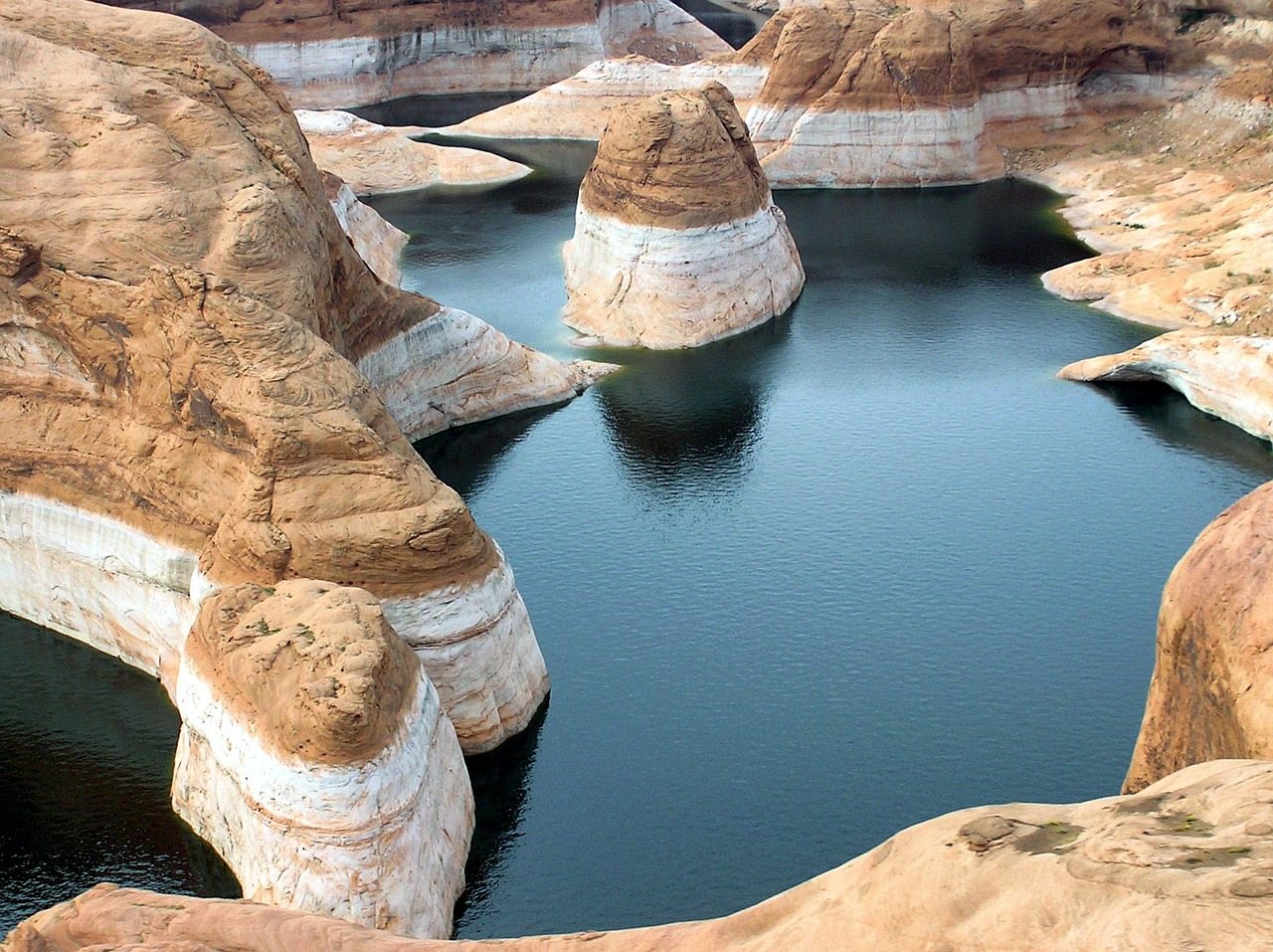
You can go kayaking, flat rafting, or house-boating to see the waterway in all of its splendor and explore the dramatic rock formations from water level. Wahweap Marina Wahweap Marina, about 6 miles from the visitor center along Lakeshore Drive, provides lodging, food services, gift shops, campgrounds, and a service station. Full marina services include boat rentals and tours. The city of Page, Arizona, two miles from the dam and visitor center, and features stores, motels, restaurants, churches, hospital, and museums.
See It By Land
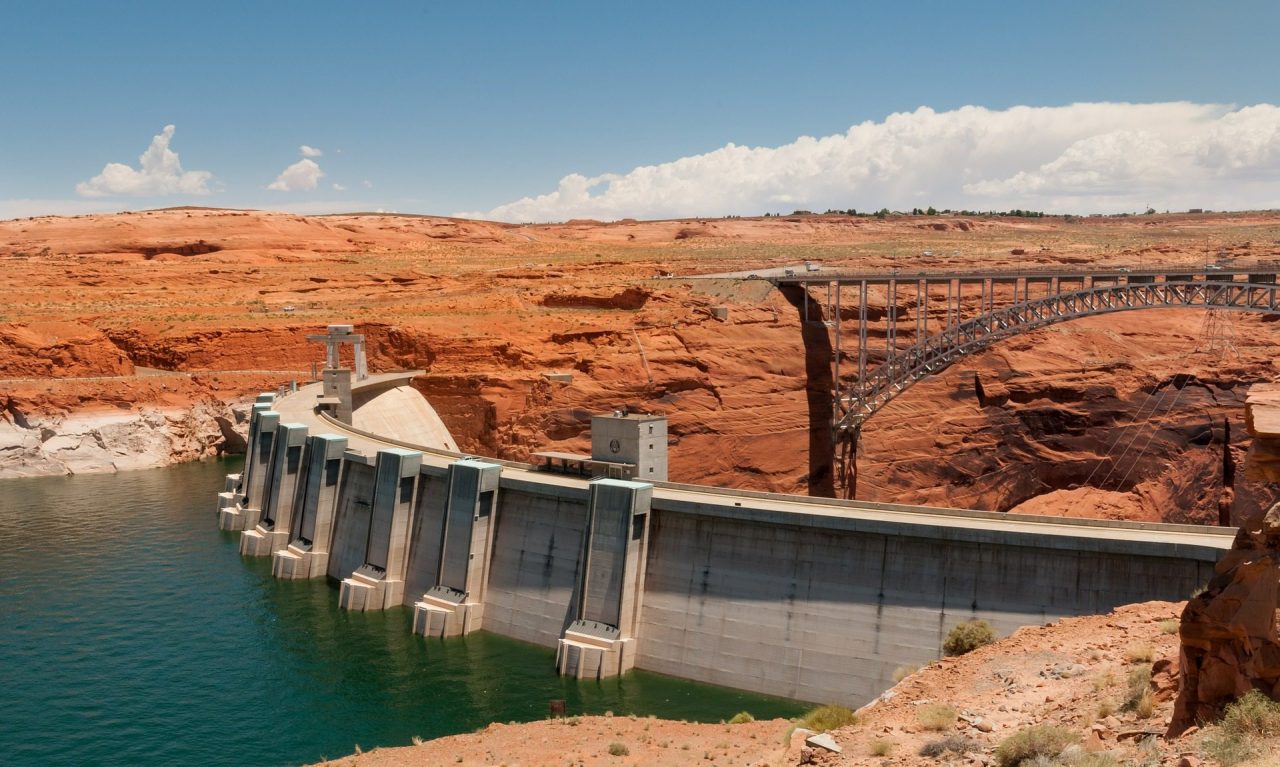
Drive the Burr Trail into some of Utah’s most stunning and astonishing country. The road takes you through the painted rock country of Glen Canyon National Recreation Area, Capitol Reef National Park, and Grand Staircase-Escalante National Monument. You are rewarded with views of the Henry Mountains, the Waterpocket Fold, the red Circle Cliffs, and Long Canyon. There are many hikes and side trips along this route, perhaps the most popular being the Pedestal Alley Trailhead. Burr Trail is easy to navigate in your passenger car in dry weather, but be warned, wet weather may make it impassable even for four-wheel drive vehicles. Check with rangers before you go.
See It By Foot
The National Parks Service website for Glen Canyon National Recreation Area has a great list of short and longer hikes, some with guides available. You know your interests and abilities the best, so I encourage you to consult it if you want to explore some of the features of the Glen Canyon National Recreation Area on foot. Remember to avoid any hiking if there has been rain in the area because most of these trails are prone to flash flooding.
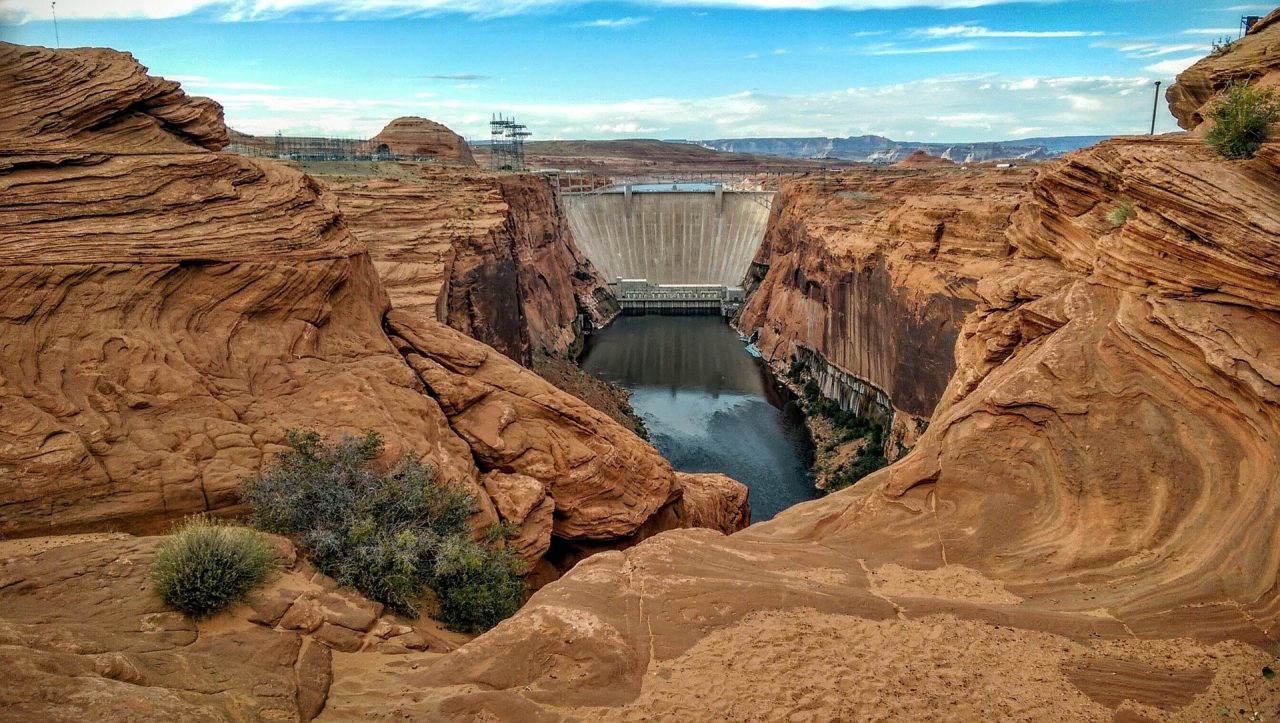
Note that the Glen Canyon National Recreation Area is literally surrounded by other dramatic scenic preserves that you can explore: Horseshoe Bend, and Antelope Canyon.
